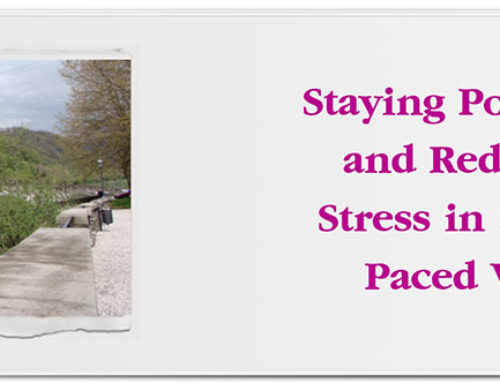Learning to sit comfortably while meditating will help you welcome more relaxation and peace of mind into your life. If you’d like to start meditating but feel too uncomfortable to sit for long, these steps will help.
Steps to Take Between Your Meditation Sessions:
- Keep limber. It’s easier to sit comfortably if you work on improving your flexibility in advance. Many people use yoga to accomplish this, but any program of gentle stretching will help. Just remember to warm up first to prevent injury.
- Maintain a healthy body weight. Meditating can give you one more good reason to shed any excess pounds. You may feel more comfortable while meditating if you keep physically fit.
- Breathe deeply. Breathing correctly plays a major role in meditating. Make it a habit to breathe from your diaphragm so your abdomen falls and rises rather than your chest. Let the air flow through your nostrils instead of your mouth.
- Practice good posture. You’re more likely to practice good posture on the cushion if you keep track of it even when you’re not meditating. Try to always be aware of keeping your back straight and your shoulders relaxed. Imagine you’re pushing your abdomen gently toward your back so you hold it slightly tucked.
- Cultivate a calm mind. You’ll get more out of meditating if you try to hold onto a calm mind all day. If you start your meditation session in a peaceful state of mind, it will be easier to get into position faster and spend more time focused on your objectives.
Steps to Take During Your Meditation Sessions:
- Start gradually. It’s great if you’re all ready for the full lotus position, but there’s nothing wrong with making a more gradual start. Sit in a chair if it’s painful to sit on the floor. Sit for a few minutes at a time to begin with, and then increase the time in steady increments.
- Position your body correctly. No matter how you sit, keep your back straight and your abdomen tucked under. Pretend your head is being gently lifted by a balloon so you hold it high without straining your neck. If you use a chair, keep both feet flat on the floor. If you use a cushion, cross your legs and bring your feet toward your waist.
- Shift positions when you need to. Your ability to sit still for longer periods will naturally increase with time but it’s always okay to shift positions if you feel pain or stiffness. Stand up and stretch or just re-cross your legs placing the other leg on top for a while. Roll your shoulders or gently bend your head toward one shoulder at a time.
- Figure out what to do with your hands. There are two options that work well: rest your hands on your knees or rest them in your lap. Any arrangement that keeps your hands supported and out of the way is fine.
- Hold your tongue. As you move your focus inwards and stop talking, you may experience discomfort as you become more aware of the saliva in your mouth. One easy solution is to touch the roof of your mouth with your tongue. This naturally inhibits the flow of saliva.
- Lower your eyes. If visual images distract you, try lowering your eyelids so there’s just a small sliver of light before you. Keep your eyes softly focused without targeting any single object. You can even close your eyes as long as it doesn’t encourage you to fall asleep.
Meditation can transform your life with spiritual insights and greater peace. Learning to sit comfortably will help you focus on your objectives without any aches and pains getting in the way.







Leave A Comment